The Impact of Climate Risks on Social Inequality
Abstract
Reducing social inequality and protecting the environment are two distinct objectives that can both complement and contradict each other. Throughout this study, we examine the consequences of climate risks on social inequality and seek evidence of a potential trade-off between environmental and social improvements. In the first part, we review the macroeconomic model of Dennig (2015), an Integrated Assessment Model (IAM), to theoretically determine the interactions between physical risks, transition risks and social inequality at the regional level. By substituting the representative agent with income quintiles, the model illustrates the critical need to consider inequality in calculating the social cost of carbon, both within and between countries. Without considering these disparities, current IAMs are incompatible with an inclusive pathway toward decarbonization. While developed countries will benefit from a low carbon tax, emerging countries, such as China and African countries, will bear the brunt of the impact of climate change, not only due to physical damages but also social inequality. Furthermore, the model is used to understand the optimal social transfers, either between or within regions, required to decrease the vulnerability of highly exposed population to climate damages. Results suggest that such policies alone may have limited effect to completely reverse the vulnerability aspect.
In the second part of the paper, we empirically study the social risk of the environmental transition in France. Using input-output tables and the household budget survey from 2017, we disentangle the distribution of the domestic carbon footprint. We found that, on average, the richest households emit 2.6 times more than the poorest households. The carbon footprint elasticity to expenditure is more sensitive to indirect than direct emissions, meaning that carbon intensive consumption is more rapidly saturated as income grows. Therefore, a big spender has the choice to not be a big emitter. Then, we analyze the distribution of the tax burden across income groups after implementing a tax of €100 per ton of CO2e. Carbon taxation is highly regressive: the poorest households dedicate around 12% of their equivalized income to the tax compared to only 4% for the richest. Based on a demand system and a microsimulation model, we analyze three redistribution schemes, which target either the reduction of vertical or horizontal inequality. Beyond the social improvements of revenue recycling, we found slight backfire effects (between a 2.55% and 6.51% uptick in emissions with respect to the no tax situation). However, results suggest that low-income households, which are likely to be compensated, are expected to substantially increase their emissions (0.57 kg of CO2e per euro compensated), while the highest emitting households are less sensitive to price signals (-0.21 kg of CO2e per euro lost). The trade-off between social and environmental aspects seems to be a key factor in the transition risk if net zero targets imply considerably reducing GHG emissions.






